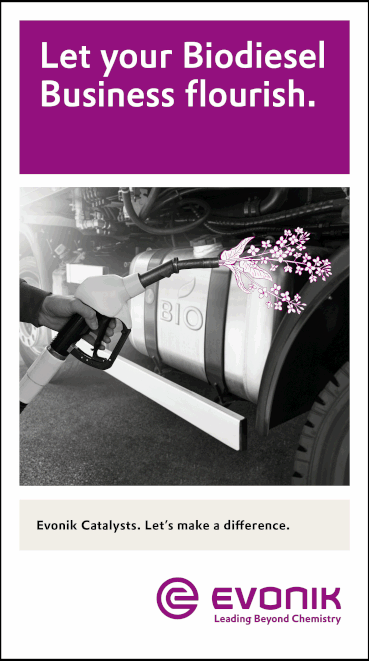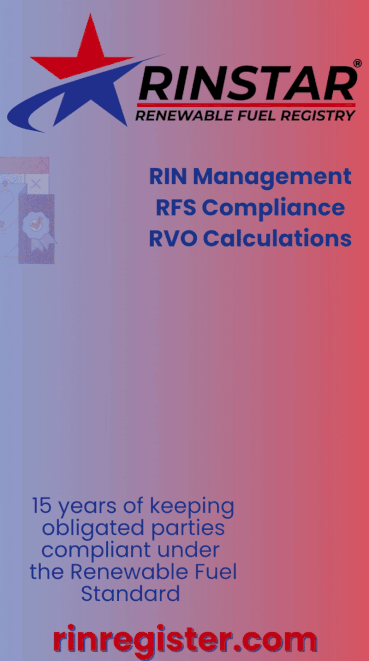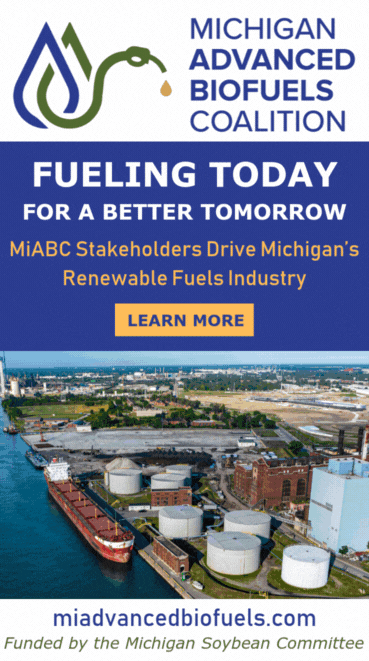The grit and grind behind algae research
- Julia Hill, University of Kentucky Center for Applied Energy Research
- Jan 12, 2024
- 4 min read

For over 10 years, researchers at the University of Kentucky’s Center for Applied Energy Research have implemented more efficient ways to capture carbon from the atmosphere using a unique bio-ecosystem based on algae. And while the research itself is phenomenal, the researchers behind it are equally amazing. Utilizing a solvent regeneration system, researchers are able to capture carbon emissions while simultaneously fostering the growth of algae, an incredibly flexible organism.
Algae isn’t a plant or an animal. It is a single-cell organism that replicates quickly. The productivity of this system is one of its greatest benefits: the algae is fed nutrients, then it replicates, resulting in even more algae to capture carbon. Algae is not only great for the environment but is also a multifaceted substance that researchers are able to apply in many ways. In years past, harvested algae were dried and sent to Algix, an algae-processing company, to be converted into the material used to produce the foam in shoes. This is just one example of the many uses industries are using algae for.
The algae program began just a little over a decade ago. CAER researchers began keeping algae on site, and because of the exponential growth, not only did their knowledge grow, but so did their algae. Test tubes turned into open raceway ponds, and the project was only getting started. Now, this multimillion-dollar research is funded by the U.S. DOE. Researchers like Julia Parker, a staff researcher at CAER, and Zach Sears, a UK undergraduate researcher.
In addition to working with DOE, the algae research is in collaboration with the University of Kentucky’s College of Engineering and the National Renewable Energy Lab in Golden, Colorado. They continue to put work into their craft day-in and day-out and their research is acknowledged on a broad scale. Parker and Sears’ work isn’t always novel, but it is precise and valuable.

“After graduating in 2019, I pursued a master’s degree in biosystems and agricultural engineering (BAE) and conducted research at UK CAER, focusing on the conversion of biomass as an alternative to petroleum-derived chemicals to reduce our dependence on fossil fuels,” Parker said.
Parker grew up in Suwanee, Georgia, and began her involvement in research in 2018 when she started working at CAER while pursuing her degree in BAE. She initially joined CAER as an undergraduate research assistant working on the algae project, which eventually led her to focus on renewable energy projects. During her time at CAER, Parker received support for her undergraduate research from the Kentucky-West Virginia Louis Stokes Alliance for Minority Participation and a grant from the National Science Foundation’s Broadening Participation in Engineering program. This support also allowed her to attend a summer school in 2019 at the Reiner Lemoine Institute in Berlin, Germany, focused on renewable energy applications. After graduating in 2019, Parker pursued a master’s degree in BAE and conducted research at UK CAER, focusing on the conversion of biomass as an alternative to petroleum-derived chemicals to reduce consumer dependence on fossil fuels. One of her advisors, Czarena Crofcheck, had been involved in the original algae projects at CAER. Upon completing her master’s degree, Parker returned to CAER and took on the role of assistant research engineer, primarily focusing on the ongoing algae project, and also became the lab supervisor for the Biofuels and Environmental Catalysis labs, now known as Sustainable and Alternative Fuels.
The process from obtaining small algae particles to keeping open raceway ponds on site is a long and demanding one. First, the researchers at CAER get small test tubes of Kentucky-native algae sent to them from the University of Texas. From there, researchers must be extremely diligent to keep the algae completely sterile—free from antigens and viruses. Next, researchers take a little bit of algae and transfer it to a clean and nutrient-dense test tube so the organisms can continue to grow. The algae are extremely temperamental at this point and can die if it grows too slow or too fast. If the algae survive that step, it is moved to a reserve. The process is tedious and detail-oriented, reflecting the grit and determination of the researchers behind it.
To prevent a failed batch of algae, there are countless things that have to go correctly. The algae cannot get dirty and must remain sterilized. This adds additional pressure on researchers when handling the algae. There is a golden ratio of nutrients to give the algae to keep it from growing too quickly or too slowly. Successfully getting the algae in a reserve is difficult but keeping it healthy once it’s there is also a challenge.
“My greatest challenge has been working around unforeseen equipment malfunctions,” said Sears. “From something small and temporary like the freeze dryer not vacuuming, to something big and longer lasting like the autoclave breaking down. Although it might set us back a bit or interrupt the flow of work, we always find a way to feed our algae and collect the data we need by persevering and thinking creatively with the help of the group.”

Sears joined the algae project in early May. His job in the BEC group is to keep the algae alive and collect data on the ponds, namely temperature, pH, and ammonium concentration. At 9 a.m., the group takes morning measurements, checking how the pH, NH4+, temperature, and pond depth have changed since the previous day. After collecting samples, a sample of algae from each pond is taken back to the lab to determine its absorbance via spectrometer, which is used to determine the density. On Mondays, Wednesdays and Fridays, Sears determines the density of the ponds via dry mass—filtering out the water and weighing the mass of algae left. Additionally, some of the algae is freeze dried so a chemical analysis can be performed on it, determining the amount of carbon, hydrogen, oxygen and nitrogen present. The group ends the day by taking final afternoon measurements. Often times, the work is tedious and the working conditions in the greenhouses can be uncomfortably hot. However, that doesn’t prevent Sears and his BEC group from continuing to work diligently on this project.
“Julia and Zach are continuing a proud history of algal research here at CAER,” said Dave Melanson, assistant director for external affairs and development at CAER. “This work got its start under the leadership of longtime CAER Associate Director Mark Crocker. Many students and professional researchers—including Stephanie Kesner, Eduardo Santillan-Jimenez, Robby Pace, Madeline McDermott and Norman Chan—have been keeping algae alive at CAER for years.”
To learn more about the work Parker, Sears and many others have invested into the algae research, click here.


































